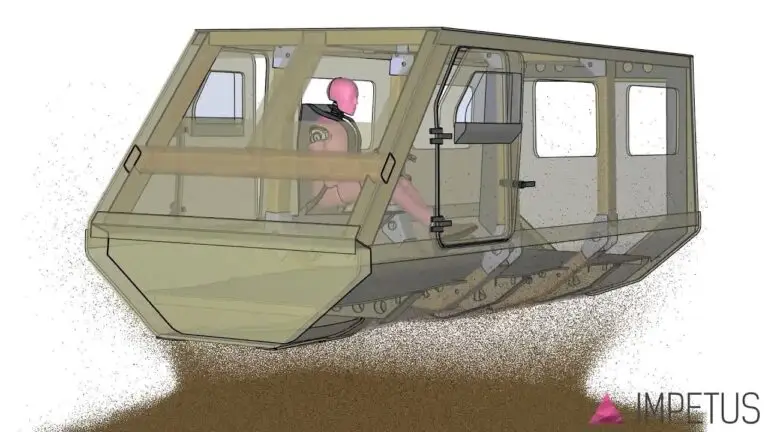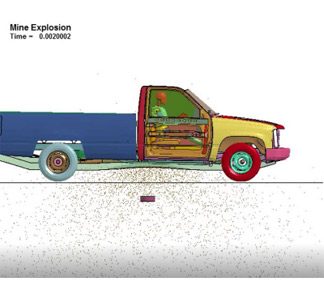The Impact of Blast Loading on Engineering Structures

The effect of blast loading has become a critical issue in the design, protection, and rehabilitation of engineering structures, especially following recent terrorist attacks on civil infrastructures. The detonation of an explosive charge releases energy, causing pressure disturbances in the surrounding air, which develop into a blast wave system led by an incident shock wave. When the incident wave strikes a target, it rebounds with greater amplitude as a reflected wave. This reflected pressure becomes the applied blast load, converted into forces applied to the nodes in a finite element mesh.
Advanced Blast Resistant Analysis
Currently, most blast-resistant analyses use simplistic blast loading and structure models. However, it is challenging to assume rational blast loading for complex structures with sophisticated surfaces and corners. Advanced numerical simulations offer an economical and reliable approach for this purpose. These simulations properly model all critical components, including explosives, air, fluid-structure interaction, and structures.


Defense Vehicle Occupant Protection Simulation and Mine Blast Simulation
Designing vehicles to protect occupants from explosive threats is complicated by the complex physics involved from the point of detonation to the response of the occupants. Consequently, vehicles are typically developed through an iterative process of destructive field testing to determine the level of blast protection. Developing a virtual environment to evaluate competing protective designs is crucial. This environment allows designers to analyze and evaluate a wide array of test conditions and prototypes. It also offers a first-level optimization of protective blast designs before committing to destructive field testing, significantly reducing development costs and producing better vehicles.






